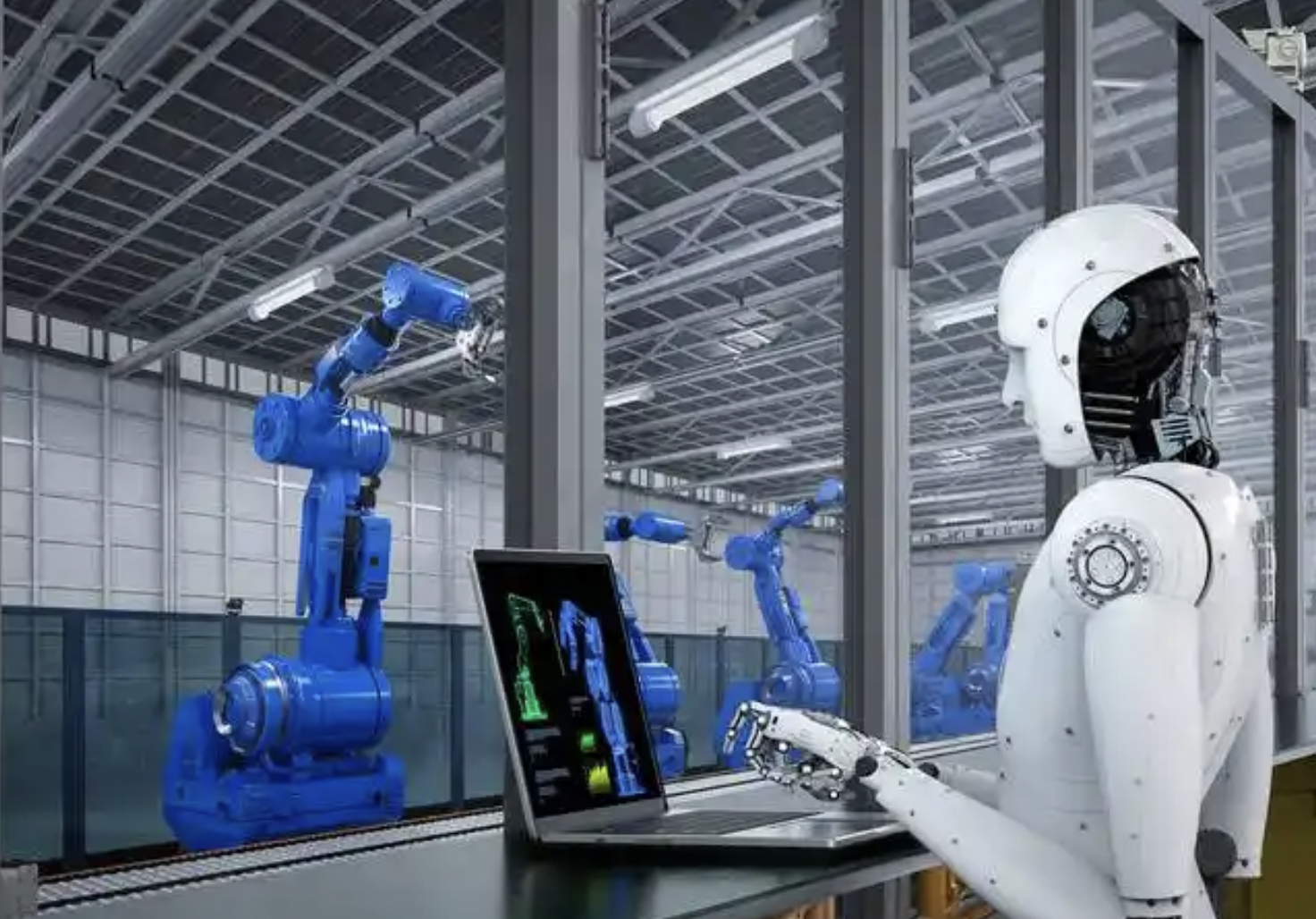Views: 0 Author: Site Editor Publish Time: 2025-04-04 Origin: Site












In the fields of industrial automation, aerospace, energy exploration, etc., the accuracy and reliability of pressure measurement directly affect the performance of equipment and production safety. Traditional pressure sensors are restricted by materials, environmental interference, and long-term stability, making it difficult to meet the increasingly stringent industrial requirements.
The high-precision silicon resonant pressure sensor, based on the Micro-Electro-Mechanical System (MEMS) technology, with its ultra-high sensitivity, long-term stability, and anti-interference ability, is becoming the core component for the intelligent upgrading of industries, providing a brand-new solution for precise measurement.
The silicon resonant pressure sensor can achieve an accuracy of "one ten-thousandth", which is inseparable from its unique working principle and advanced technology. When the external pressure acts on the silicon diaphragm of the sensor, the silicon diaphragm will deform. This deformation will further cause a change in the frequency of the resonant beam. It is just like when playing the strings of a musical instrument, the change in the tightness of the strings will lead to a change in the pitch. Through the precise measurement of the frequency change of the resonant beam, the sensor can calculate the magnitude of the external pressure.
In this process, the electrostatic excitation and capacitance detection technologies play a crucial role. Electrostatic excitation is like giving a continuous "driving force" to the resonant beam, enabling it to vibrate stably; capacitance detection is like a keen "observer" that can precisely capture the subtle changes in the vibration frequency of the resonant beam. The two complement each other and jointly ensure the high measurement accuracy of the sensor, achieving an accuracy level of ±0.01% FS. What does this concept mean? It is equivalent to having an error of only 0.1 kPa when measuring one atmosphere of pressure. Such a tiny error is sufficient to meet the requirements of the vast majority of high-precision measurement scenarios.
In addition to its high precision, the silicon resonant pressure sensor also has many core advantages that make it stand out among numerous pressure sensors. In terms of temperature self-compensation, through the crystal orientation doping process, it has successfully reduced the temperature drift coefficient to ±100 ppm per year. This means that even in an environment with significant temperature changes, the measurement accuracy of the sensor can remain relatively stable, and it will not generate large errors due to temperature fluctuations. In terms of anti-interference ability, the silicon resonant pressure sensor outputs a frequency signal. This kind of signal does not require analog-to-digital conversion. Just like a "signal powerhouse", it has a strong anti-interference ability on its own. Compared with other types of sensors, its anti-electromagnetic interference ability has been increased by three times, enabling it to work stably in a complex electromagnetic environment and ensuring the accuracy of the measurement data.
When facing extreme environments, the silicon resonant pressure sensor is also fearless. Its operating temperature range covers from -55°C to +125°C. Whether it is in the extremely cold Antarctic, the sweltering desert, or in the aerospace field with extremely stringent environmental requirements, it can operate normally, meeting the pressure measurement needs in various extreme environments and providing reliable data support for the stable operation of relevant equipment.
With the rapid development of the manufacturing industries in various countries, the demand for industrial automation equipment is constantly increasing, which also drives the demand for high-precision pressure sensors. In order to better meet the special needs of customers, our professional R&D team will provide personalized ODM services according to customers' different requirements for dimensions, power consumption, interface definitions, etc. Moreover, during the packaging process, we will select appropriate packaging forms and materials according to customers' requirements to ensure the performance and reliability of the sensors.